SLOW FLOWERS Podcast: A Day in the Life of Vivian Larson of Everyday Flowers (Episode 152)
July 30th, 2014
Podcast: Play in new window | Download
Subscribe: Apple Podcasts | Podcast Index | RSS | More
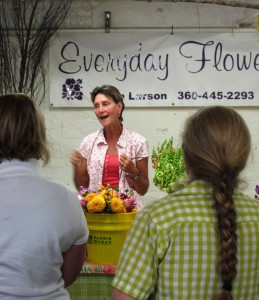
Vivan often takes times to educate her customers and visitors to the Seattle Wholesale Growers Market.
As we launch this podcast’s second year, I’m honored to continue bringing great conversations to you each week.
Some of the most rewarding side benefits of interviewing flower farmers, floral designers and other influential voices in the field-to-vase floral industry are the “field trips” that bring me close-up and in-person to see the sources of our American flowers – the farms, the studios, and the retail spaces where such amazing beauty connects us with nature and the seasons.
This happened again last week when I invited myself to Everyday Flowers in Stanwood, Washington, for a visit.
Owned by veteran grower Vivian Larson, this established cut flower farm is a sight to behold. Viv is a precision grower, who cares deeply about her flowers – from the first seedlings emerging from trays of and trays of soil to the voluptuous bunches of blooms that are picked with great attention to detail, processed, bunched and delivered to her design customers.
Located about an hour north of Seattle, Everyday Flowers is situated on a gorgeous piece of land with a more than 180-degree view to the Puget Sound’s many islands – Camano, Whidbey, the San Juans – all the way up to Canada – and north toward Mount Vernon. Vivian and her husband Jim, a commercial fisherman, raised two children here and are now helping raise three grand-children. It is a bucolic place with a beloved horse who adds agricultural character to the scene, as well as rows and rows of field-grown annuals and perennials located next to several large and very tidy hoop-houses containing even more flowers.
Vivian is a founding member and board vice president of the Seattle Wholesale Growers Market, and I’ve known her for several years through that relationship. Some would say she is the glue that holds that place together, a true diplomat when it comes to synthesizing points of view and navigating the true meaning of a cooperative – one that benefits all members for the greater good.
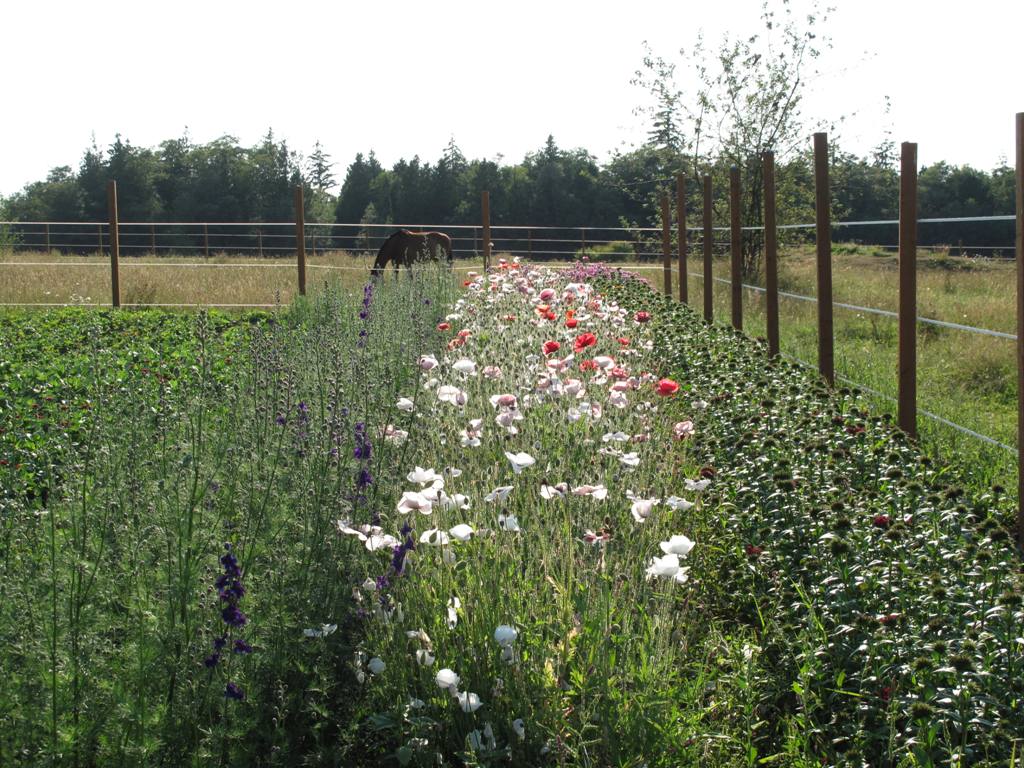
Poppies and other field-grown varieties thrive in neat rows at Everyday Flowers. That’s “Sassy” grazing in the background.
Vivian is the daughter of farmers who taught her those intangible skills of building good soil and caring for the land. “I always had a patch of earth where I grew flowers as a child,” she recalls. When Vivian’s own children were small, in 1990, she asked her husband to prepare a large area of ground. She began growing flowers and selling her bouquets at a nearby farm stand. “People would wait there to get my flowers or I’d have standing orders,” Vivian recalls. “Good flowers sell themselves – I’ve never had to advertise.”
Experience has taught Vivian to know which varieties are successful as cut ingredients, which colors are reliable over time and which flowers produce the longest stems. “I’ve always known there were certain types of flowers that lasted better than others, especially if cut at the right time, and treated properly post-harvest,” she explains. “The fact is, I have a choice of what to grow and I choose to grow plants that are going to be happy at my farm and hold well in the vase.”
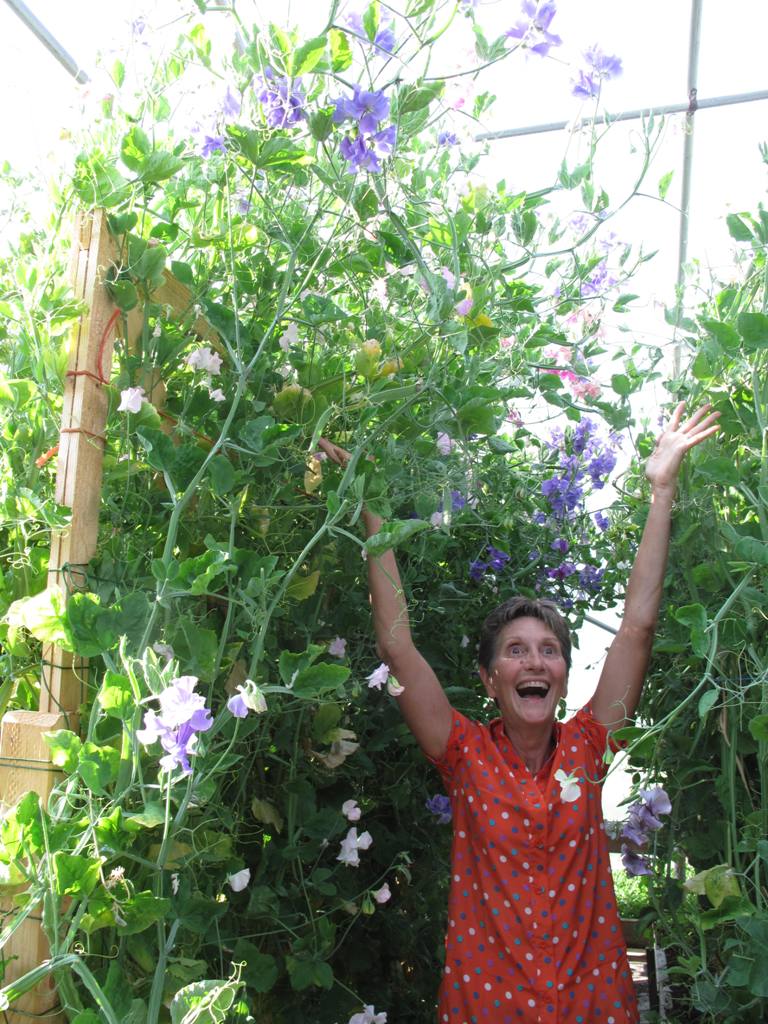
This shot is a little silly, but Viv humored me when I asked her to reach for the top of the sweet pea trellises!
For example, Vivian grows larger quantities of white, pink and yellow lilies because they are more popular with buyers. Similarly, the Karma dahlias have been bred for 18-20 inch-long stems and longer vase life, so she focuses on those.
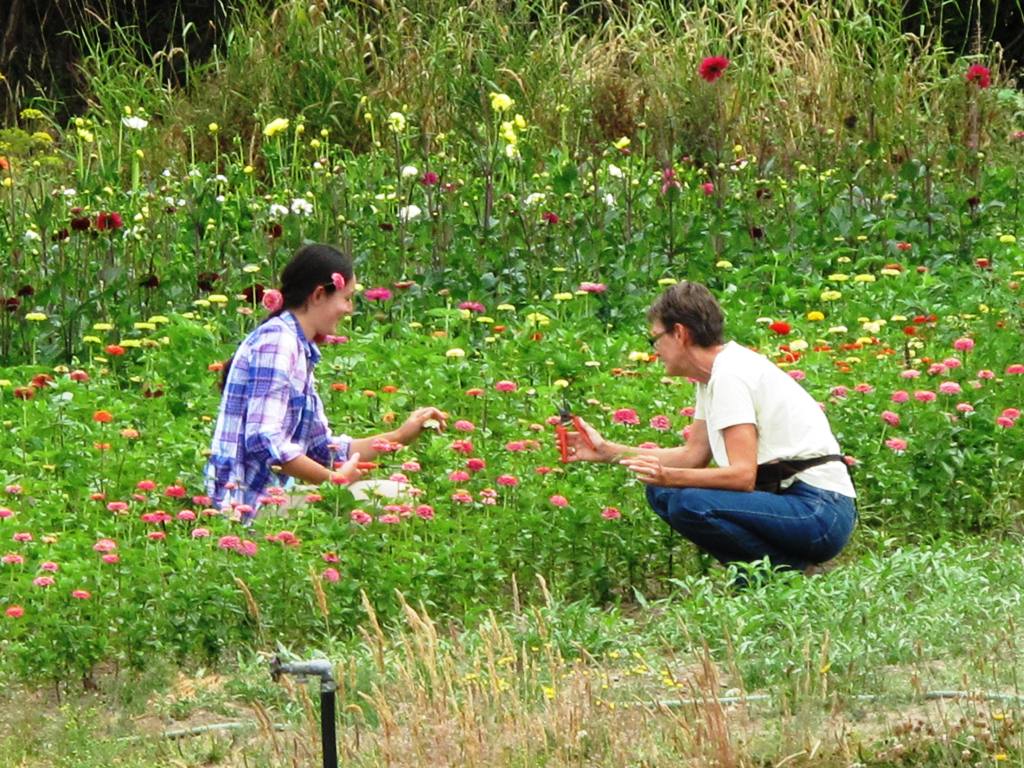
Vivian working with and teaching one of her seasonal workers, Kelly Uhlig. Kelly’s mom Pam Uhlig was a horticulture intern at Everyday Flowers this past spring.
Vivian has a good idea of what wedding designers and their clients are looking for and how they use each flower. While she has in the past done some of her own design work, the bottom line is that Vivian is first of all a flower farmer. “Honestly, I just enjoy growing more than anything else!”
We were lucky to have another guest along for my flower adventure – Alicia Schwede, a floral designer and owner of the Flirty Fleurs blog, joined Vivian and me for dinner and then returned early the following morning, clippers and urn in hand – for a floral designers’ whirlwind session. We loved creating arrangements and bouquets with Vivian’s flowers.
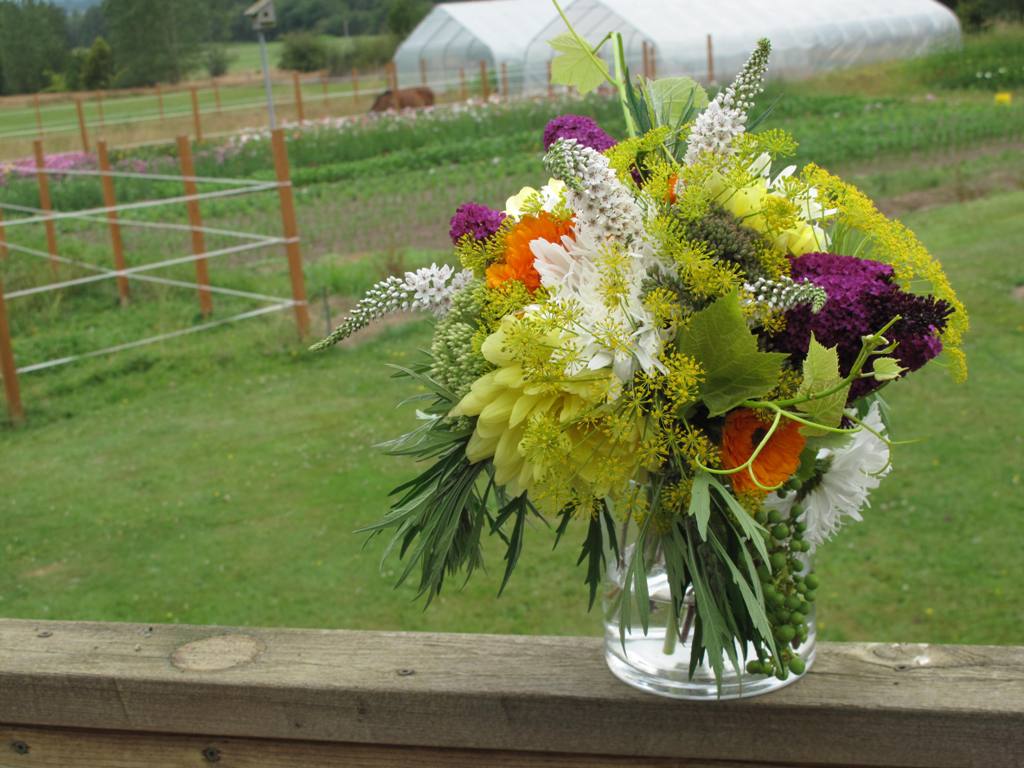
I made this hand-tied bouquet from yummy elements, including dahlias, budleia, golden dill, calendula, Shasta daisies, leonitis, gooseneck loosestrife, and a cluster of unripe grapes and grape tendrils.
Everyday Flowers uses sustainable growing practices and the farm is Salmon Safe certified. No herbicides are used on the farm and on the rare instance when insecticides are used, they are OMRI-approved (Organic Materials Review Institute) products, Vivian explains.
“I have a good beneficial insect population, including bees and ladybugs and I grow cover crops to suppress weeds and add more organic matter back in the soil,” Vivian explains. “I also have ‘Sassy’ my horse who does her share by producing great compost.”
Thanks to listeners like you, this podcast has been downloaded more than 16,000 times. I truly appreciate the guests, listeners and sponsors who have supported the Slow Flowers Podcast with Debra Prinzing! Together, we’re changing the broken floral industry for the better!!
If you like what you hear, please consider logging onto Itunes and posting a listener review.
Until next week please join me in putting more American grown flowers on the table, one vase at a time.
The Slow Flowers Podcast is engineered and edited by Hannah Holtgeerts and Andrew Wheatley. Learn more about their work at hhcreates.net.









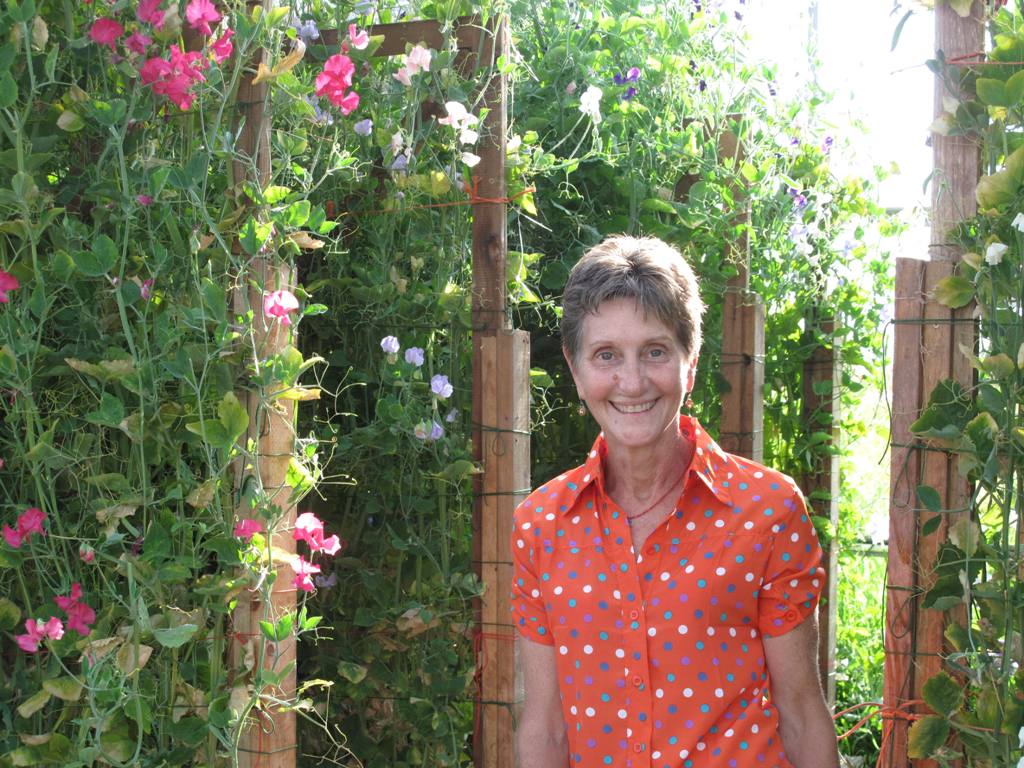
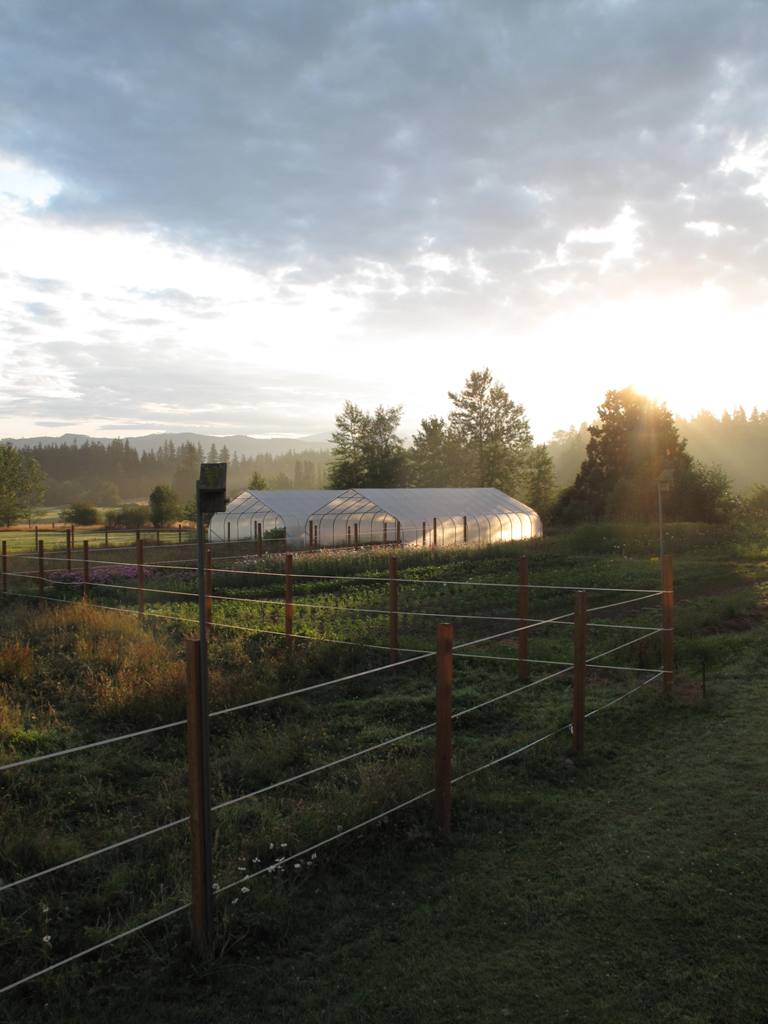
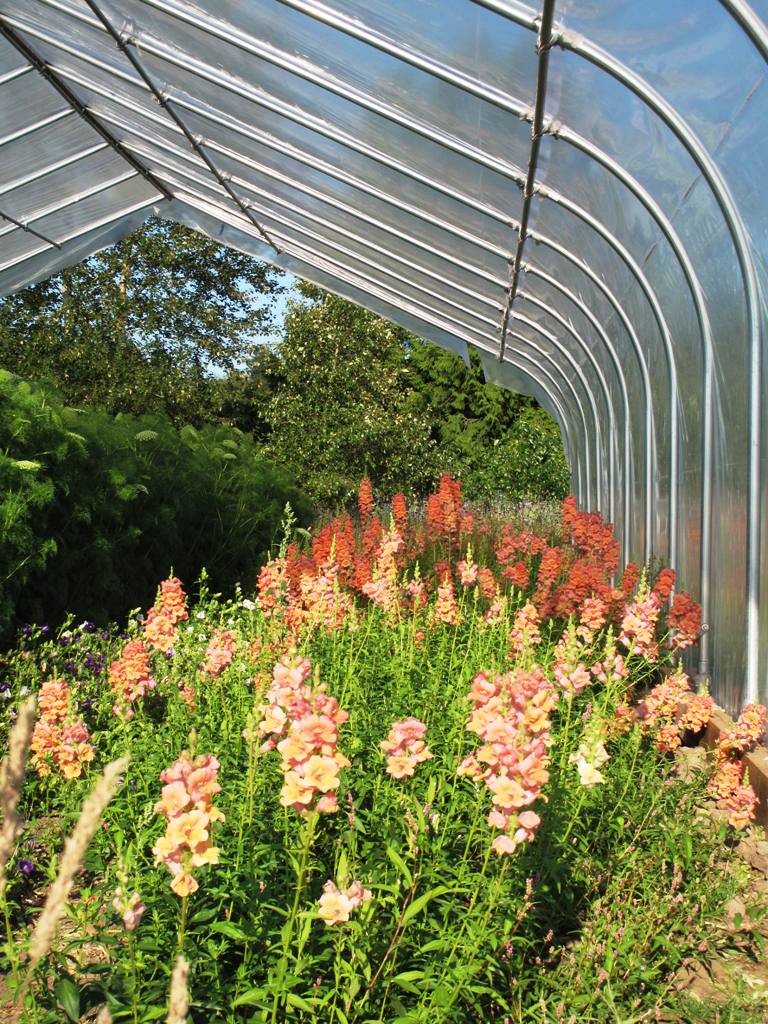
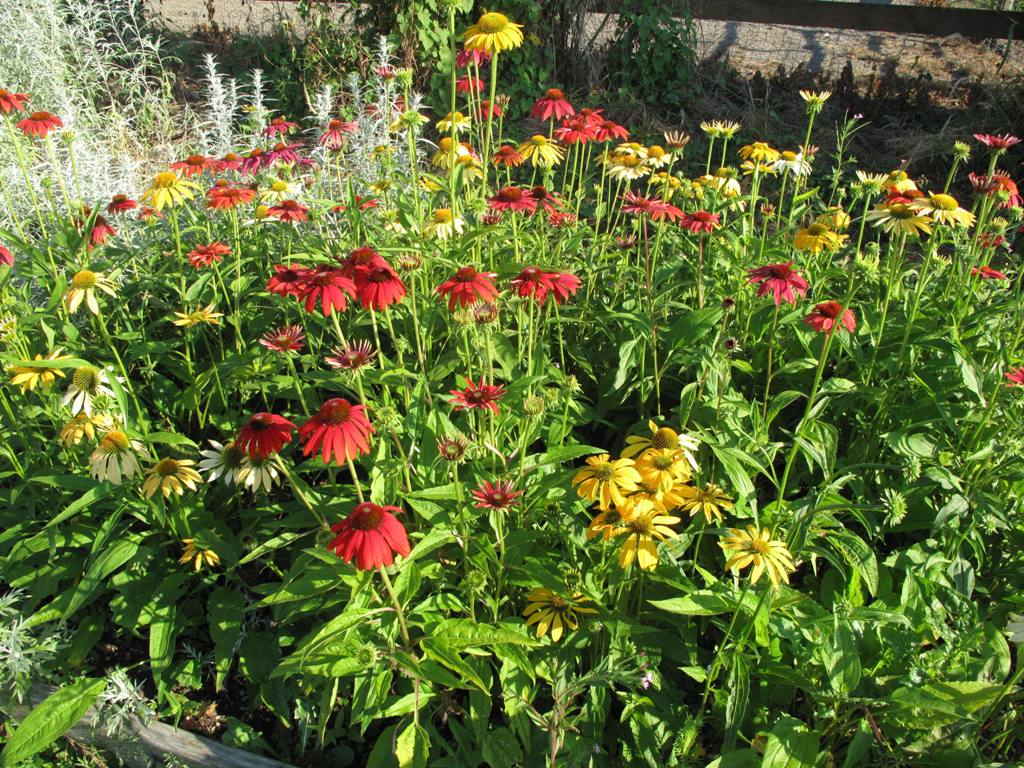
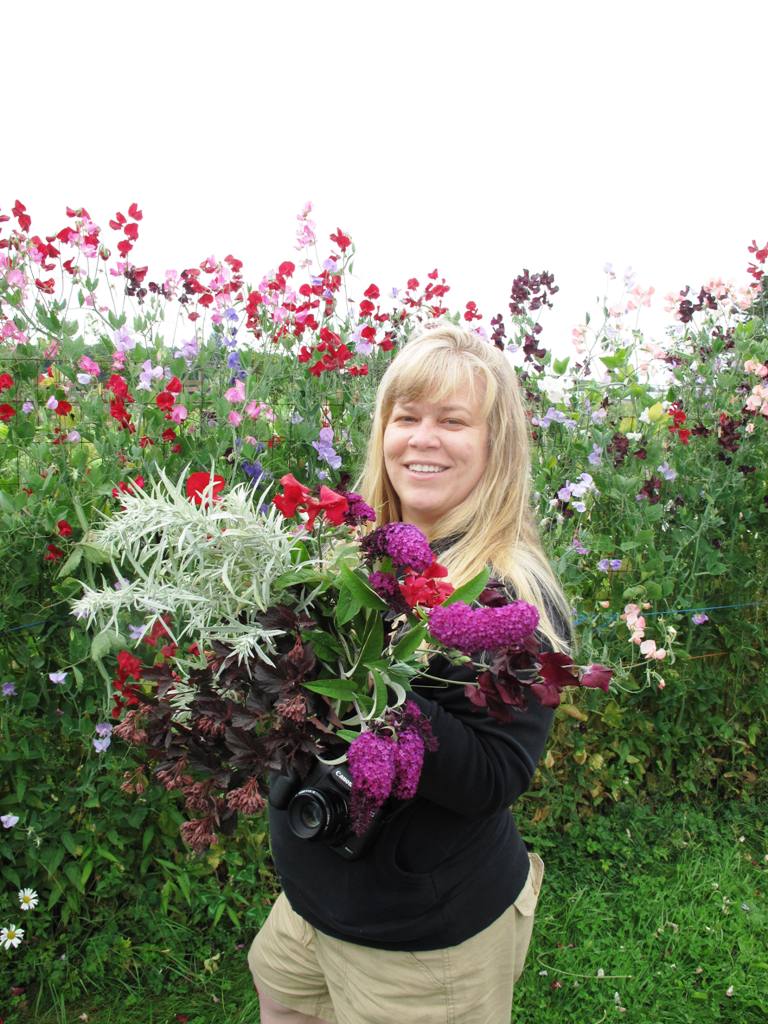
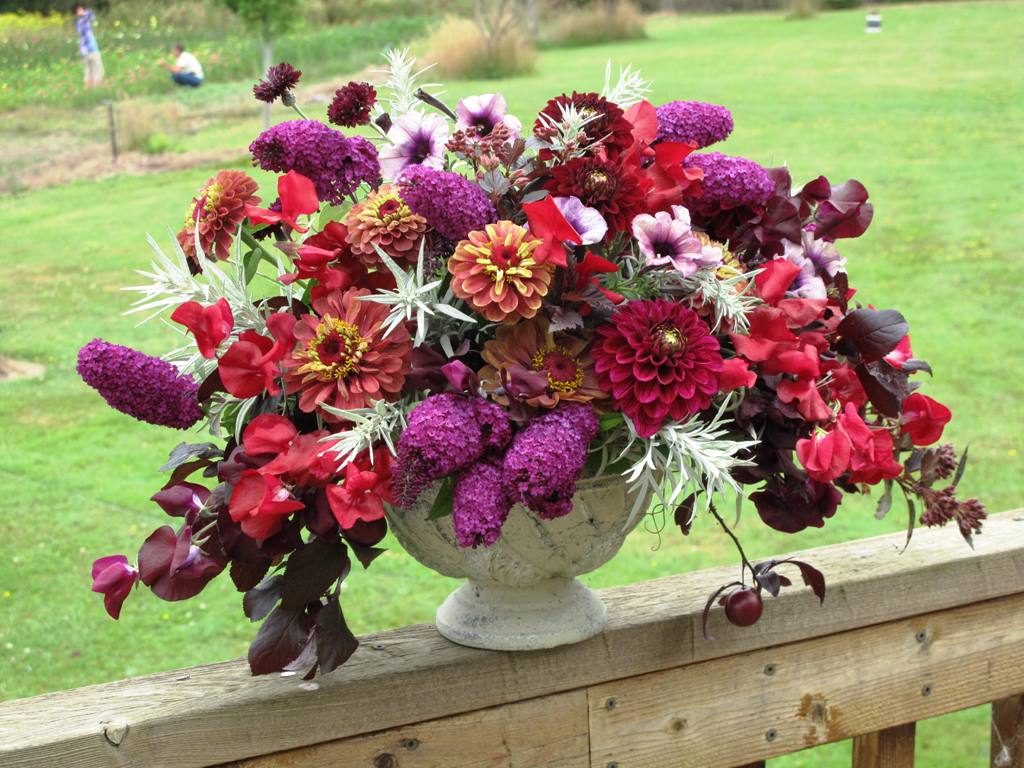
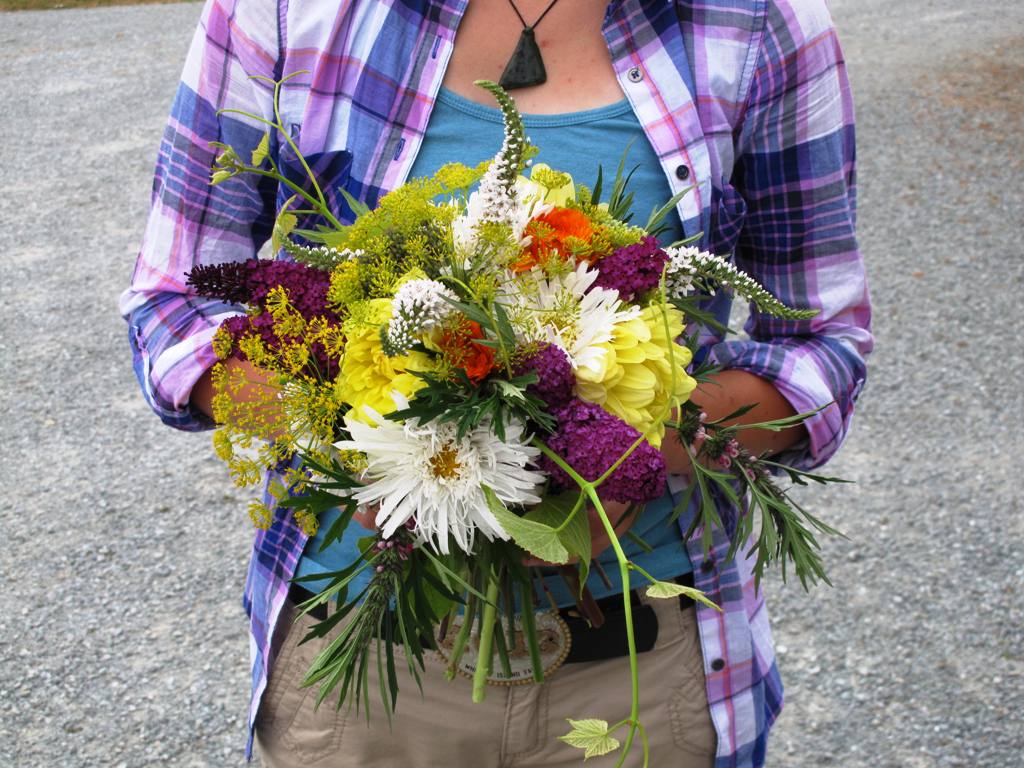
December 9th, 2015 at 12:10 pm
[…] degree at a local community college Pam apprenticed with Vivian Larson of Everyday Flowers (a past guest of this podcast) – and that’s where I saw her in action. Kelly, a 4-H superstar who’s herself now […]
February 23rd, 2016 at 11:21 pm
[…] Seasons.” I learned from the best in the biz: Tony & Denise Gaetz of Bare Mtn Farm, Vivian Larson of Everyday Flowers, and Kendra Neveln of Glenwood Farms. They showed me that I can extend my […]